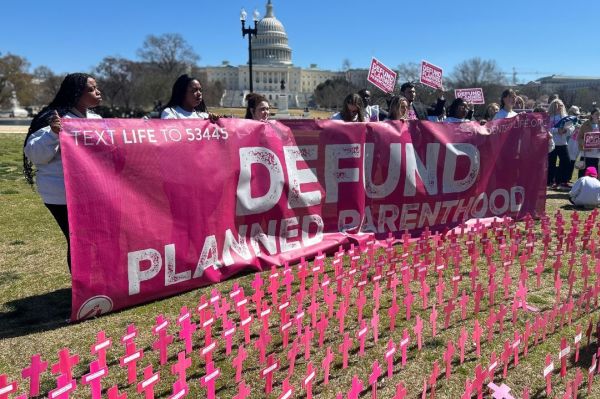Seven Updated Trends on Megachurches in America
This article is not the first time I have written about megachurches; it likely won't be the last. We should all readily acknowledge that there is not a specific size church that God blesses more than others. God is doing a great work in many small, medium, large, and mega-size churches.
The fascination with megachurches is, at least to some extent, related to the sociological impact on the community in which it resides. Outreach magazine, in partnership with LifeWay Research, just released its annual "Largest and Fastest Growing Churches in America" issue. In addition, the magazine includes a fascinating section devoted to megachurches. I have used some of the information throughout this issue in this blog.
Some of the major trends in megachurches I note were mentioned in the past. But others are new. All are fascinating to study and ponder.
Trend #1: Further consolidation of people attending church in megachurches and other large churches. There continues to be a shift of members and attendees from smaller churches to larger churches, particularly megachurches. While megachurches account for less than one-half of one percent of all churches in American, more than ten percent of church attendance is concentrated in these churches. We see no signs of this consolidation abating. For example, more than 50 percent of church attendees attend the largest 10 percent of churches.
Trend #2: A significant increase in the number of megachurches in America. In 1970 there were approximately 50 megachurches in America. The number increased to 150 by 1980; 300 by 1990; 600 by 2000; 1,200 by 2005; and 1,600 today. But there has been a noticeable decrease in the rate of growth of the number of megachurches the past seven years, a trend worth watching.
Trend #3: An increased interest in the long-term sustainability of a megachurch. I noted in an earlier blog post how few churches sustain megachurch attendance levels over a long period. In fact, I listed the ten largest churches in 1969, none of which are in the top ten today. There is a growing interest in legacy churches and the revitalization of former megachurches or declining megachurches. For example, how has Moody Church of Chicago sustained megachurch status longer than any other American church (1876 to present)? Certainly its tie to Moody Bible Institute has been important, but there have been many other churches tied to colleges that have declined or closed.
Trend #4: More youthful megachurch pastors. For better or worse, the historical pattern has been for a pastor to "climb the ladder" to different size churches. Ultimately a few pastors would make it to the level of a church averaging 2,000 or more in weekly attendance. They would tend to be older, having "paid their dues" for many years. Not so today. The average age of a megachurch pastor continues to decline. Indeed there are 25 megachurch pastors whose ages range from 30 to 37. The average age of the pastors of the largest 100 churches in America is 47.
Trend #5: More multi-venue, multi-campus churches. I have noted this trend in numerous articles. Related to this trend, watch for a reduction in the size of newly-built worship centers in large churches and megachurches. Pastors are becoming increasingly attuned to the stewardship of using more facilities more often.
Trend #6: A greater interest in groups. Megachurch leaders have a growing interest in groups as the church mechanism for assimilation, evangelism, fellowship, ministry, and more in-depth teaching. Groups have different names: small groups, Sunday school, life groups, home groups, etc. Megachurch leaders know that the health of their congregations can often be measured by the health of their groups. As the church grows larger, it must intentionally move smaller as well.
Trend #7: A greater interest in the source of growth of megachurches. Megachurches are often caricatured as organizations that are mostly sociological rather than theological. Their growth, some critics argue, is but a reflection of the demographic growth of their communities. Such blanket critiques are unfair and largely unfounded. But there will be more and more analysis of the type of growth coming into megachurches. Is it transfer of members from other churches? Is it unchurched Christians returning to church? Does it represent a true evangelization of the communities in which the church is located?
Some will bemoan the attention given to megachurches, especially if it is done to the neglect of other, smaller churches. But, at the very least, these churches are profoundly impacting our culture and the way we do church. We ignore these trends to our peril.
READ: IS BIGGER REALLY BETTER? THE CHURCH STATISTICS ACTUALLY SAY 'NO'!
READ: IS JESUS CHRIST THE HERO IN YOUR MEGACHURCH?






















